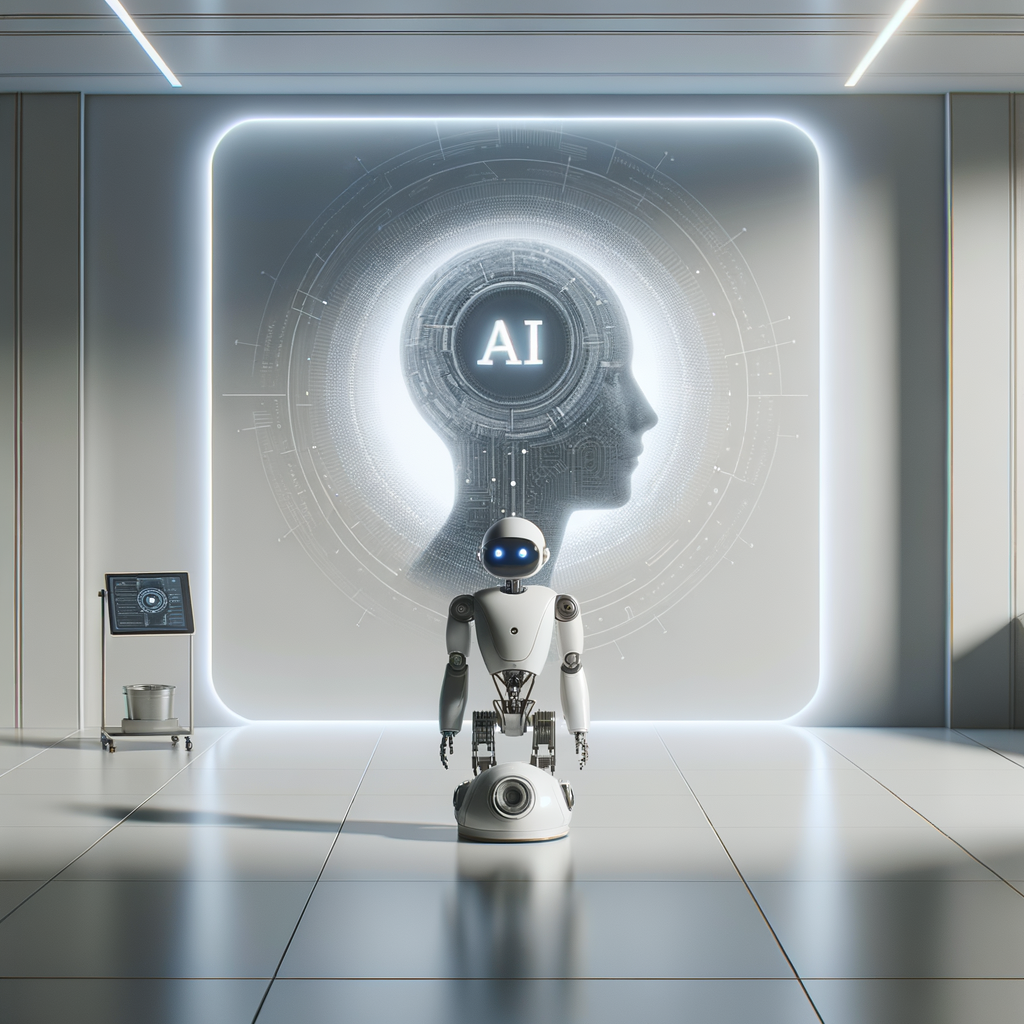
Decoding the Future of Robotics: The Impact of AI in Autonomous Machines
Embark on a journey to explore how AI is revolutionizing robotics, creating autonomous machines that are set to transform industries. This blog post delves into the intersection of AI and robotics, focusing on the latest advancements, challenges, and potential future applications. Discover how these intelligent machines can reshape everything from manufacturing processes to everyday life.
Decoding the Future of Robotics: The Impact of AI in Autonomous Machines
As technology continues to advance at a rapid pace, one of the most exciting areas of innovation lies at the intersection of artificial intelligence (AI) and robotics. In this blog post, we will delve into the world of autonomous machines—robots that can navigate and make decisions without human intervention—powered by sophisticated AI technologies. We'll explore how these intelligent machines are transforming industries, the challenges they face, and what the future holds.
The Rise of Autonomous Machines
Autonomous machines are designed to perform tasks independently, using not just pre-loaded instructions but also real-time environmental data to make decisions. With AI, these machines can mimic human decision-making processes, learn from experiences, and adapt to new situations, which makes them incredibly useful across various domains.
Applications Across Industries
AI-driven robotics is being implemented across a wide array of sectors:
- Manufacturing: Factories are increasingly using robots for assembly lines, where AI enables them to perform complex tasks with precision.
- Healthcare: Robotic surgeries are becoming more common, with AI allowing for more accurate procedures and reduced recovery times.
- Agriculture: Robots are being used in farming for planting, harvesting, and monitoring crop health.
- Logistics and Supply Chain: AI robots are optimizing warehouse operations, inventory management, and even undertaking delivery tasks.
Technological Challenges
Despite the incredible potential, there are significant challenges that developers and engineers face when integrating AI into robots:
- Complex Environments: Navigating unpredictable and dynamic environments such as crowded urban areas or hazardous sites.
- Energy Efficiency: Designing robots that are both powerful and energy-efficient.
- Ethical and Safety Concerns: Ensuring that autonomous decisions are safe, ethical, and understandable to humans.
- Human-Robot Interaction: Creating intuitive interfaces that allow seamless human-robot collaboration.
The Role of AI Technologies
Several advanced AI technologies are critical to the development of autonomous machines:
- Machine Learning: Algorithms that allow robots to learn from experiences and improve their decision-making capabilities.
- Computer Vision: Enabling robots to interpret and understand visual data from the world around them.
- Natural Language Processing: Allowing for better communication and understanding between humans and robots.
The Future of AI in Robotics
The potential for AI in robotics is vast. Future applications could see robots becoming more prevalent in everyday life, assisting with household chores, elder care, and even personalized education. Moreover, advances in collaborative robotics might lead to a new era where humans and machines work together seamlessly across every aspect of life.
Conclusion
AI's integration into robotics is not just a futuristic concept but a current reality that's shaping industries. Through continuous innovation, AI-driven autonomous machines have the potential to revolutionize the way we work, live, and interact with technology. As we continue to decode the potential of this integration, it is important to address the associated challenges and ensure the ethical development of these intelligent robots.
By understanding and embracing these changes, we can create a future where AI-powered robots not only enhance productivity and efficiency but also contribute positively to society as a whole.